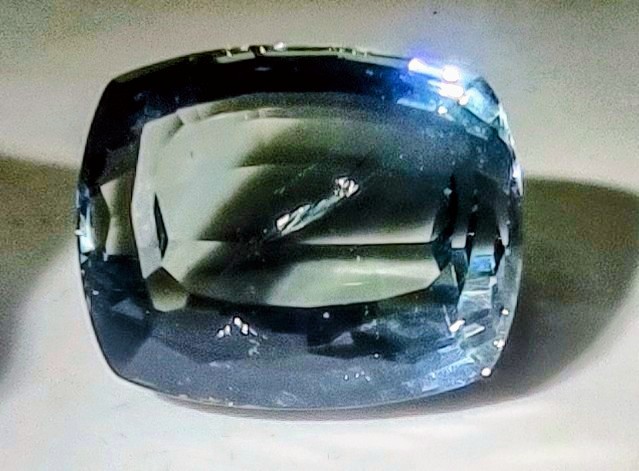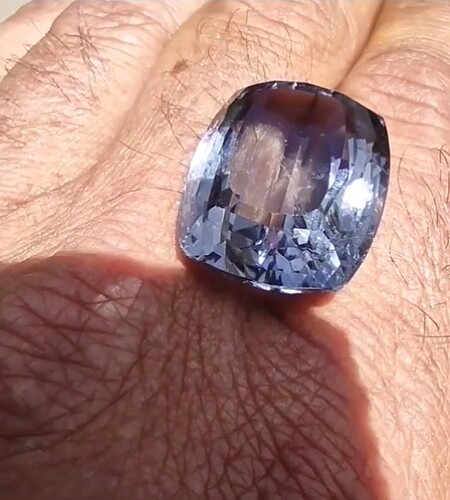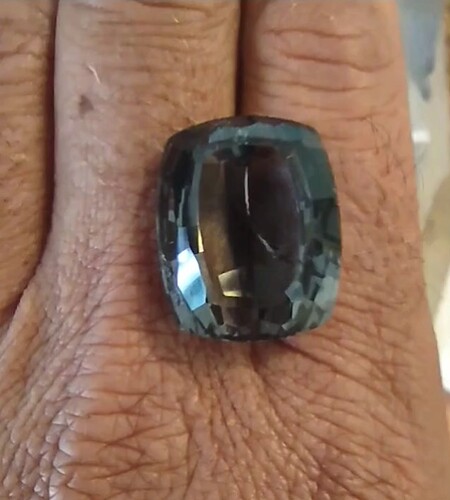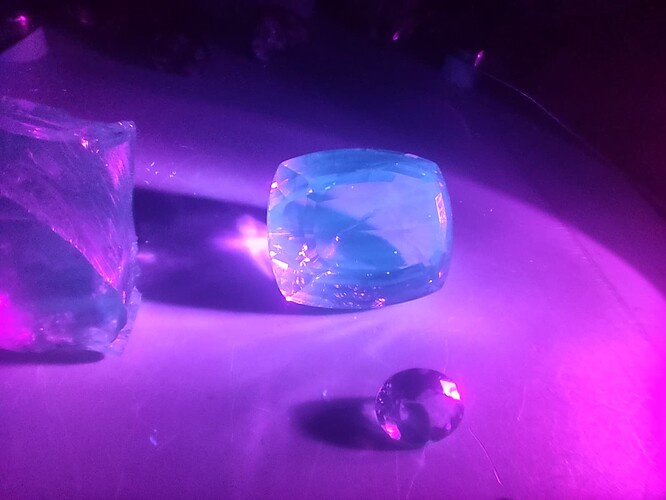The mixed minerals you have there probably explain why the analyses are indefinite. I am surprised that the people doing the analyses for you aren’t more definite in what you have. It may be a sampling problem. I’m glad to help but without seeing your minerals personally I can only theorise.
Yeah, without holding any of them it’s difficult to know. Adding to that is there hasn’t been anything else found in the area and people can make some very natural looking materials. I really do appreciate all the suggestions and observations made here and hope to be able to find a definite answer on this material. I’m positive that I’ve found opal here but don’t know that this is also opal or something else that ended up there too.
I’ve been told to try to get a geologist, petrologist, or gemologist to the site to verify authenticity and study the area further.
Fairly sure this isn’t opal, but is it possible? What changes colors like this from fluorescent light to sunlight and such a cool blue under UV?

I just read that some SEM’s don’t detect elements lower than 11 on the periodic table. Can anyone tell me where to go, and for what type of test/analysis to determine how much of these lower number elements are present? Specifically carbon?
Previous geochemical SEM and several jewelers believe this to be natural. I need to know what it is.
My guesses so far are grandidierite, opal, chameleon diamond, euclase (or new type of beryl/chrysoberyl), garnet, or natural color changing glass (except having flat sides and other specimens make me think otherwise). Are there any other possibilities anyone can think of as far as known natural gemstones? Where is it possible to determine if it’s a new source of a known gem, or a new type of gemstone?



